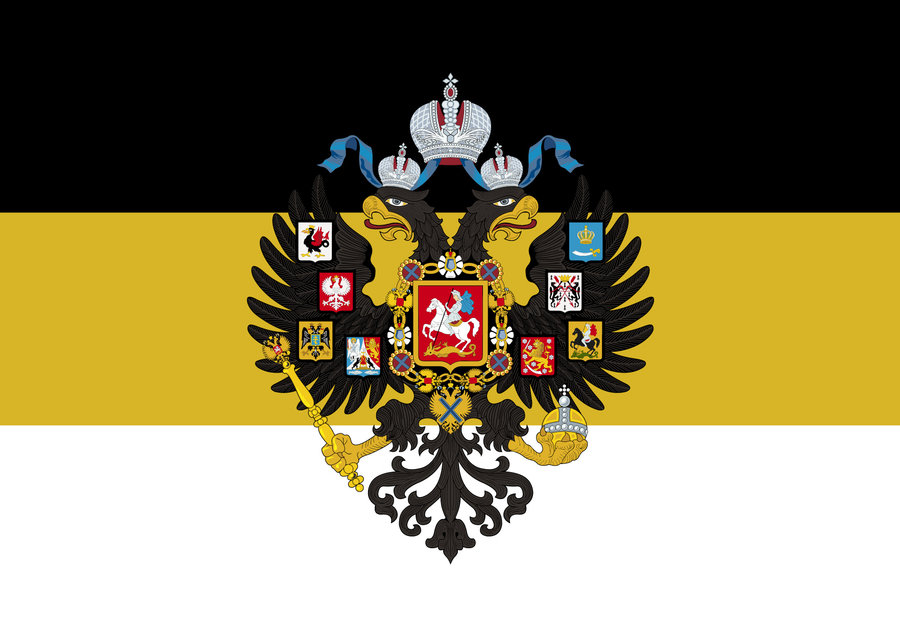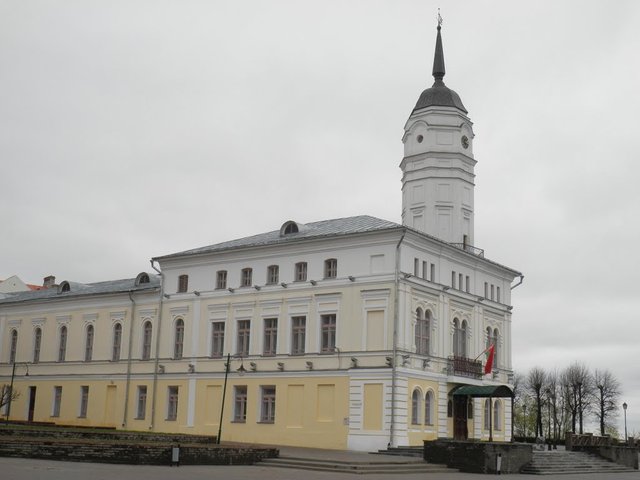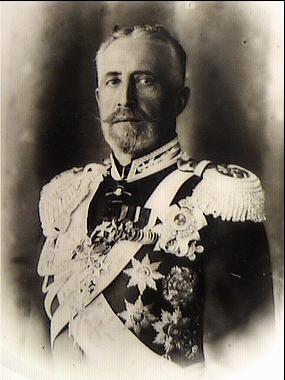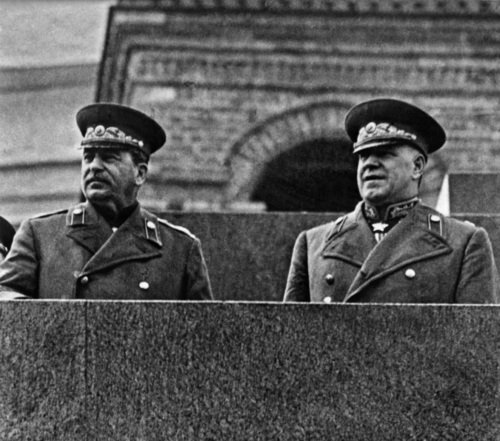Russian rulers from the shadow - Stavka group
Who are Russian rulers from the shadow?
It would be naive to believe that there is not secret society that is behind Vladimir Putin, the undisputed sovren of modern Russian state.
Roots of such society are going few centuries deep. Every time Russia was under siege politically or physically a band of brothers was formed in the shadow, formed out of most experienced intelligence and counterintelligence officers with only one goal - to protect motherland. First such group was Sacred band formed out of military officers, policeman and intelligence officers of Russian empire. The core of the Secret band was Stavka.

Flag of Russian Empire
Sacred band was movement of the russian patriots that had only one goal in sight, to save Russia from the British Empire's Russophobia.
From 1820 to 1907, a new element emerged: Russophobia. British elite sentiment turned increasingly hostile to Russia, with a high degree of anxiety for the safety of India, with the fear that Russia would push south through Afghanistan. The result was a long-standing rivalry in central Asia. The conflict escalated in 1854, when British Empire aided Ottoman Empire in Crimean War.
Stavka the core of the Sacred band was composed of the best of the best. It was a headquarters of geniuses of intelligence, tactics & art of war.

The Former Imperial Army Headquarters
Stavka of the Russian Empire during World War I
The name Stavka became known to the public during the World War I(1914-1918).
The commander-in-chief of the Russian army at the beginning of World War I was Grand Duke Nicholas Nikolievich, a grandson of Tsar Nicholas I. Appointed at the last minute in August 1914, he played no part in formulating the military plans in use at the beginning of the war. Nikolai Yanushkevich was his chief of staff. In the summer of 1915 the Tsar himself took personal command, with Mikhail Alekseyev as his chief of staff. In the years 1915–1917 Stavka was based in Mogilev and the Tsar, Nicholas II, spent long periods there as Commander-in-Chief.

Grand Duke Nicholas Nikolaevich of Russia (1856–1929)
The Stavka of the Russian Empire was divided into departments:
1)Department of General-Quartermaster (Operations department)
2)Department of General on Duty (Organisation of troops, supplies, promotions, staff matters)
3)Department of military transportations
4)Naval department
5)Diplomatic chancery (liaison with the Ministry of Foreign Affairs)
When the war broke out Stavka was first established in Baranovichi but after the German advance the Stavka relocated to Mogilev.
Stavka of the USSR during World War II:
After the Great war and October revolution a great reform hip the country and society but concept of uniform army command survived the Great Purge.
A different members a same name and the same foe. On 23 June in 1941 Stavka was established once again by the top secret decree signed by Joseph Stalin under the name "Main Command of the Armed Forces of the USSR".
According to this decree Stavka was composed of the:
Marshal Semyon Timoshenko defence minister
Georgy Zhukov the head of General Staff
Joseph Vissarionovich Stalin (General Secretary of the Communist Party of the Soviet Union)
Vyacheslav Mikhailovich Molotov (First Deputy Chairman of the Council of Ministers of the Soviet Union)
Marshal Kliment Voroshilov
Marshal Semyon Budyonny
Nikolai Gerasimovich Kuznetsov (the People's Commissar and the Navy Admiral)
The same decree organized at Stavka "the institution of permanent counsellors of Stavka" : Marshal Kulik, Marshal Shaposhnikov, Kirill Meretskov, head of the Air force Zhigarev, Nikolay Vatutin, head of Air Defence Voronov, Mikoyan, Kaganovich, Lavrenty Beria, Voznesensky, Zhdanov, Malenkov, Mekhlis.
Very soon afterwards the deputy defence minister army Meretskov was arrested following the false charges by Beria and Merkulov. Meretskov was subsequently released from the jail and on the same day at the end of the first week of September 1941 was called for by Stalin.
Stavka of the Main Command was reorganised into the Stavka of the Supreme Command on 10 July 1941 after Stalin was named Supreme Commander and replaced Timoshenko as head of Stavka. On 8 August 1941 it was again reorganised into Stavka of the Supreme Main Command.
And on 17 February 1945 decree set out the membership of Stavka as Stalin (President), Zhukov, Aleksandr Vasilevsky, Aleksei Antonov, Nikolai Bulganin and Kuznetsov.

Joseph Vissarionovich Stalin (Left) & Field Marshal Georgy Konstantinovich Zhukov (Right)
On Moscow Victory Parade 1945.
Stavka in modern day Russia:
Vladimir Vladimirovich Putin President of the Russian Federation President of the Security Council of Russia and permanent member of the Security Council of Russian Federation
Dmitry Anatolyevich Medvedev Kremlin Chief of Staff
Valentina Ivanovna Matviyenko Chairwoman of the Federation Council
Sergey Yevgenyevich Naryshkin Chairman of the State Duma
Sergei Borisovich Ivanov Chief of Staff of the Presidential Executive Office
Nikolai Platonovich Patrushev Secretary of the Security Council of Russian Federation
Sergey Kuzhugetovich Shoygu Minister of Defence
Sergey Viktorovich Lavrov Foreign Minister of Russian Federation
Vladimir Alexandrovich Kolokoltsev Russian Minister of Internal Affairs
Alexander Vasilyevich Bortnikov Director of the Federal Security Service
Mikhail Yefimovich Fradkov director of the Russian Institute for Strategic Studies
Viktor Vasilyevich Zolotov Director of the National Guard of Russian Federation
Putin's inner circle is also referred to the Powerful Ones, they control the state apparatus of power.
Putin placed thousands of ex-KGB officers to responsible seats from which state is managed.
But some ties of the modern Russian Stava go a long way.
Nikolai Patrushev and Boris Gryzlov were sitting in the same school desk with them in the class was also Sergei Smirnov.